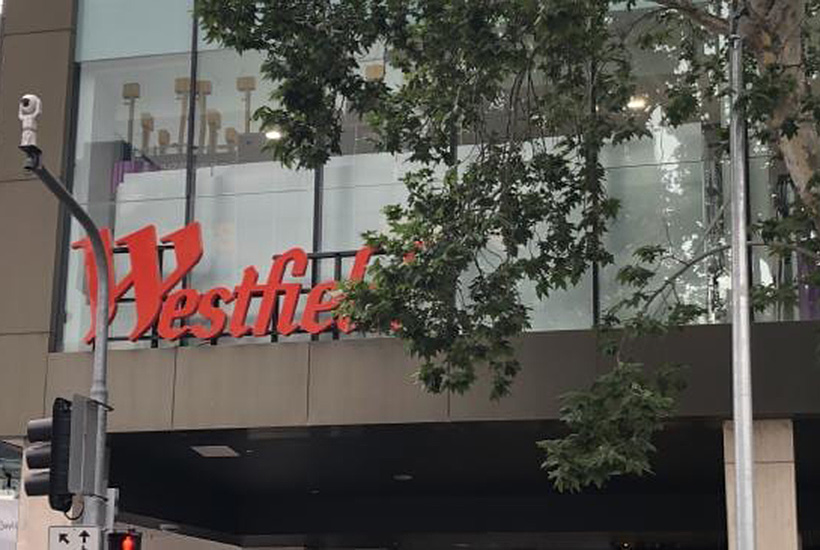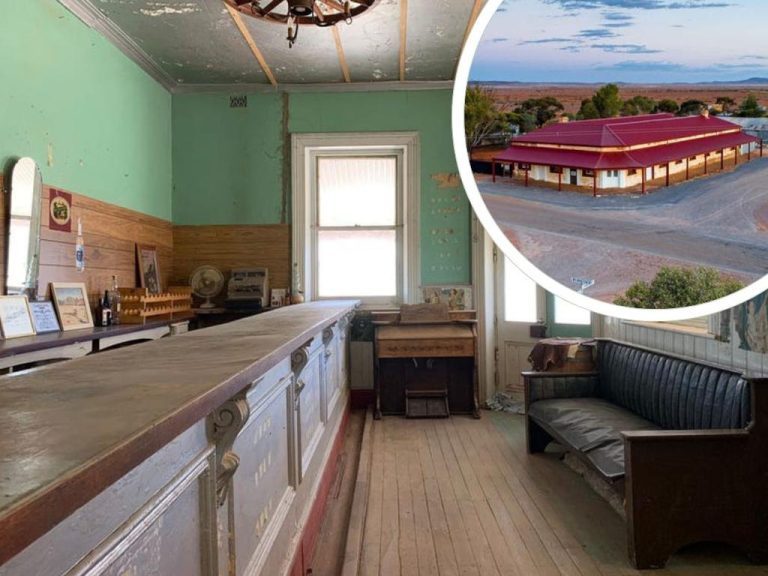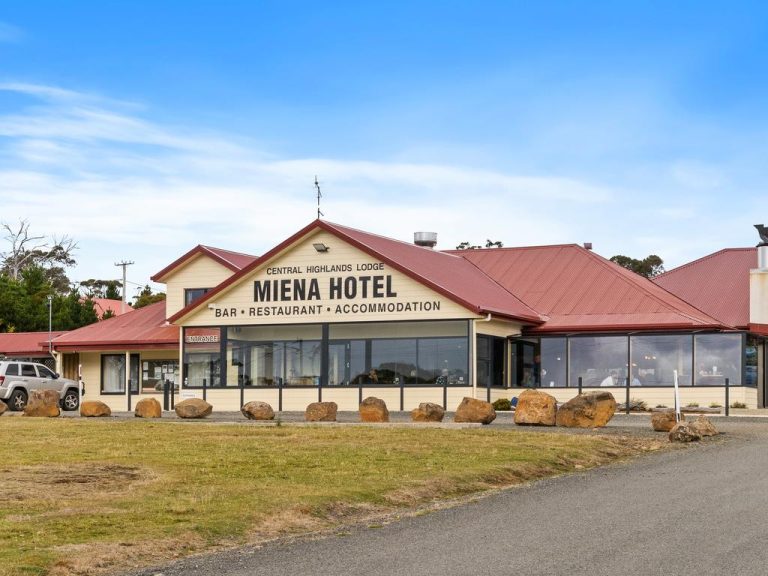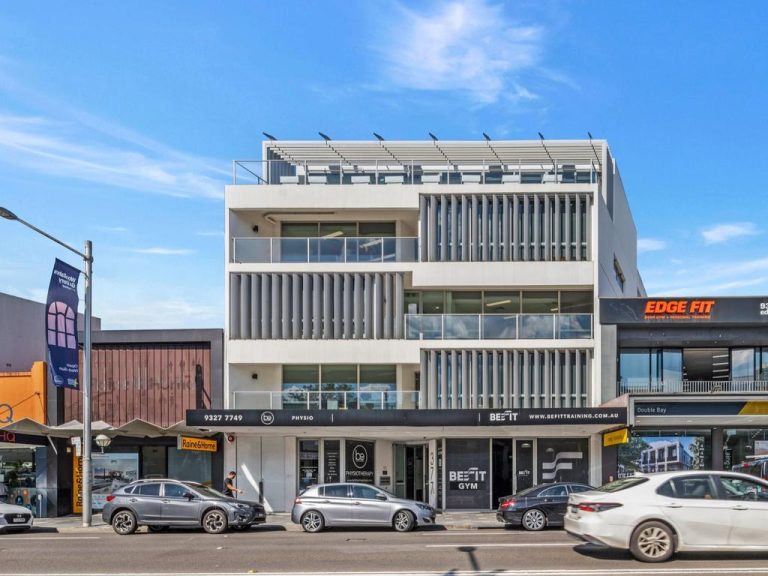JLL tips positive retail momentum to continue

The pick up in momentum in the retail property sector in the latter half of 2019 points to a strong year ahead as investment funds continue to look for strategic opportunities, JLL’s Shopping Centre Investment Report says.
After a slow start to the year with low volume turnover amounting to $1.8bn, the second half took off to record the highest transaction values in five years, above $4.5 billion.
This positions the sector for further fragmentation as current owners look to strategically divest and focus on quality over quantity, which will make space for new investors to swoop in, according to JLL’s joint heads of retail investments, Australia, Jacob Swan and Sam Hatcher.
Attractive yields relative to office and industrial investments and the longer-term potential to redevelop and reposition assets are some of the key reasons investors are turning to the asset class.
“A fragmentation of ownership will continue to occur in the retail sector as major owners become more selective towards the assets they retain in their portfolios and as new players build scale in the sector,” Hatcher says.
“Properties with strong underlying land value and long-term future development potential are highly sought by investors. While there has been less liquidity for larger centres, there has been a consistently deep pool of capital for non-discretionary anchored centres and single-tenant retail assets,” he says.
One of the key changes last year was the re-emergence of private investors who were the net buyers in 2019 after largely establishing themselves as net sellers over the past six years.
Hatcher says the significant change is dynamic demonstrates the abundant opportunity in the market, with the trend among private investors last seen between 2008 and 2010 when asset pricing was attractive.
Freestanding supermarkets and lone assets like Bunnings warehouses with strong credibility and long leases have continued to attract investor interest.
“Private capital is opportunistic and is acquiring assets to take advantage of the depth of opportunities available. Demand is also strong for core retail assets, particularly for neighbourhood shopping centres in metropolitan locations and for single-tenanted retail assets with long leases,” says Hatcher.
Regional shopping centres accounted for the largest proportion of centres sold in 2019, accounting for 29% or $1.8 billion.
Neighbourhood and subregional centres accounted for 21% ($1.3bn) and 17% ($1.1bn) of total transactions, respectively.
The growing shift towards the reclassification of sub-sectors was noted by Swan, who said the focus on regional and subregional classes impacted on the pricing of risk for investors and may affect valuations and performance benchmarks.
As retail completions fell by more than a quarter in 2019 to the lowest level per capita in more than two decades, JLL flagged owners would be looking for alternative ways to add value to space.
Development to create more mixed space could see shopping centres adopt a diversified future.
This article originally appeared on www.theaustralian.com.au/property.







